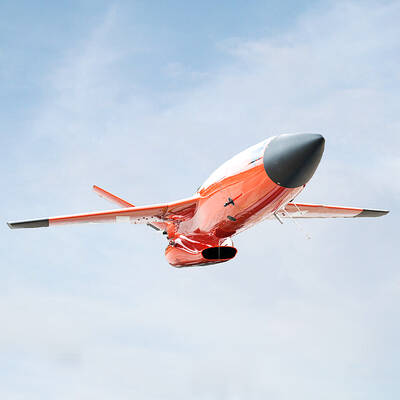Drivers are to be billed clean-up fees for items that fall from vehicles on the nation’s freeways, the Freeway Bureau said, with the policy expected to take effect in the first half of next year.
The fees would not be levied if it takes less than 30 minutes to clean up, but if it takes more than 30 minutes and traffic is obstructed in at least one lane, NT$3,000 would be charged for each subsequent 30 minutes spent cleaning up, the bureau said.
Operations that take more than two hours and block traffic in at least two lanes would incur NT$24,000 in fees, it said.
The policy is to remind motorists that they need to load and secure items properly before they enter freeways, it said.
“The policy is proposed to enhance traffic safety, not to cover operational costs,” the bureau said.
“If a driver is not aware of items that fall off or out of their vehicle and they continue driving, we would not be checking surveillance footage solely to make them pay,” it said.
The bureau last year reported 42,729 instances of debris on freeways, including 7,074 pieces of tires, 4,389 metallic items and 4,034 plastic items.
The bureau also reported some unusual debris, including pigs, deer, pianos and idols.
Debris on freeways was reported as a contributing factor in 935 traffic accidents last year, the bureau said, adding that most of those only caused financial losses.
However, 15 people were killed and 413 injured in debris-related incidents in the past 10 years, it said.
The Freeway and Expressway Traffic Control Regulations state that the driver or vehicle owner must pay cleanup fees if they are responsible for debris on freeways.
However, the rules do not describe how the fees should be charged.

CROSS-STRAIT COLLABORATION: The new KMT chairwoman expressed interest in meeting the Chinese president from the start, but she’ll have to pay to get in Beijing allegedly agreed to let Chinese Nationalist Party (KMT) Chairwoman Cheng Li-wun (鄭麗文) meet with Chinese President Xi Jinping (習近平) around the Lunar New Year holiday next year on three conditions, including that the KMT block Taiwan’s arms purchases, a source said yesterday. Cheng has expressed interest in meeting Xi since she won the KMT’s chairmanship election in October. A source, speaking on condition of anonymity, said a consensus on a meeting was allegedly reached after two KMT vice chairmen visited China’s Taiwan Affairs Office Director Song Tao (宋濤) in China last month. Beijing allegedly gave the KMT three conditions it had to

STAYING ALERT: China this week deployed its largest maritime show of force to date in the region, prompting concern in Taipei and Tokyo, which Beijing has brushed off Deterring conflict over Taiwan is a priority, the White House said in its National Security Strategy published yesterday, which also called on Japan and South Korea to increase their defense spending to help protect the first island chain. Taiwan is strategically positioned between Northeast and Southeast Asia, and provides direct access to the second island chain, with one-third of global shipping passing through the South China Sea, the report said. Given the implications for the US economy, along with Taiwan’s dominance in semiconductors, “deterring a conflict over Taiwan, ideally by preserving military overmatch, is a priority,” it said. However, the strategy also reiterated

‘BALANCE OF POWER’: Hegseth said that the US did not want to ‘strangle’ China, but to ensure that none of Washington’s allies would be vulnerable to military aggression Washington has no intention of changing the “status quo” in the Taiwan Strait, US Secretary of Defense Pete Hegseth said on Saturday, adding that one of the US military’s main priorities is to deter China “through strength, not through confrontation.” Speaking at the annual Reagan National Defense Forum in Simi Valley, California, Hegseth outlined the US Department of Defense’s priorities under US President Donald Trump. “First, defending the US homeland and our hemisphere. Second, deterring China through strength, not confrontation. Third, increased burden sharing for us, allies and partners. And fourth, supercharging the US defense industrial base,” he said. US-China relations under

The Chien Feng IV (勁蜂, Mighty Hornet) loitering munition is on track to enter flight tests next month in connection with potential adoption by Taiwanese and US armed forces, a government source said yesterday. The kamikaze drone, which boasts a range of 1,000km, debuted at the Taipei Aerospace and Defense Technology Exhibition in September, the official said on condition of anonymity. The Chungshan Institute of Science and Technology and US-based Kratos Defense jointly developed the platform by leveraging the engine and airframe of the latter’s MQM-178 Firejet target drone, they said. The uncrewed aerial vehicle is designed to utilize an artificial intelligence computer